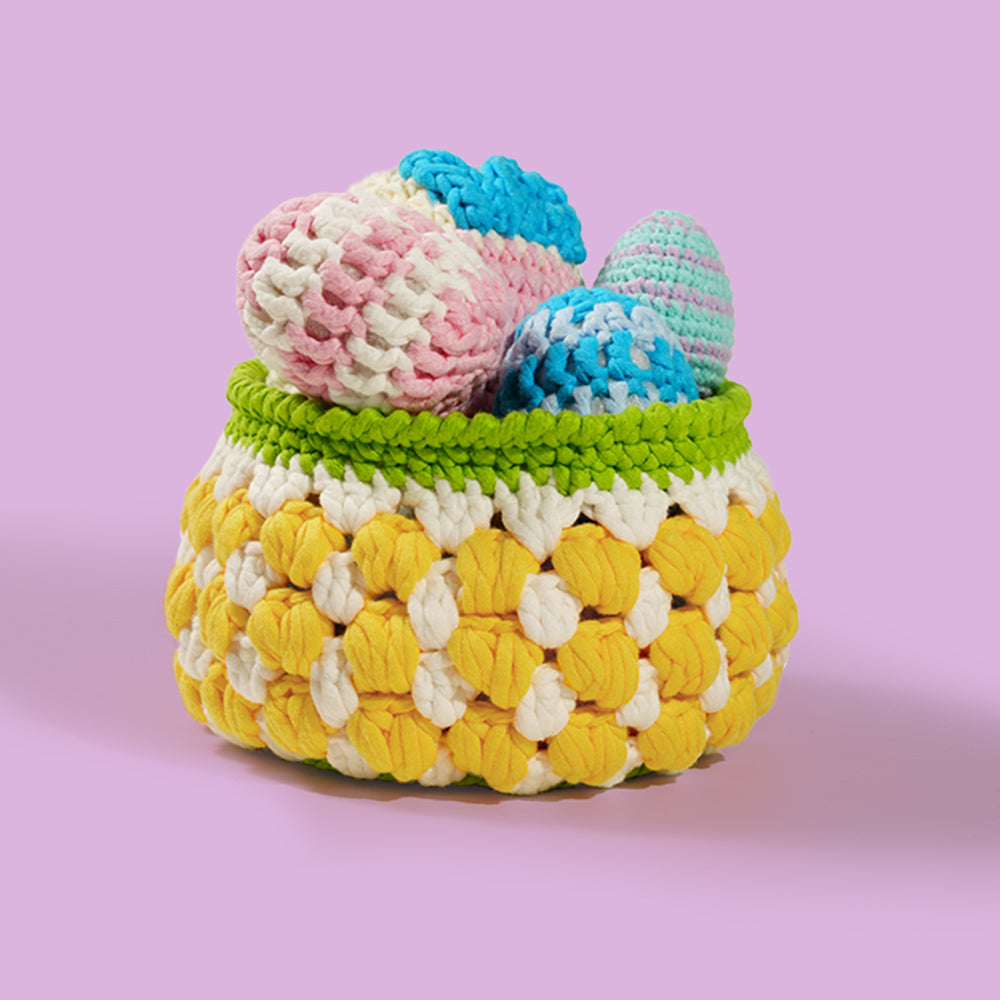Why Can’t Machines Crochet? A Deep Dive into the Challenges
Crochet, a craft that intertwines yarn with creativity, has been a cherished tradition for centuries. Yet, despite the rapid advancements in robotics and artificial intelligence, machines have yet to master the art of crochet. This article delves into the multifaceted reasons behind this challenge, exploring the complexities of crochet, the limitations of current technology, and the unique human elements that machines cannot replicate.
The Intricacies of Crochet
Crochet is more than a series of repetitive motions; it's an art form that requires:
-
Tactile Sensitivity: Crocheters adjust tension and stitch size based on the feel of the yarn and fabric, a skill that machines lack.
-
Creative Decision-Making: Crocheters often make spontaneous decisions, such as altering patterns or incorporating new techniques, based on the evolving project.
-
Emotional Expression: Many crocheters infuse their work with personal meaning, creating pieces that reflect their emotions or experiences.
These elements contribute to the uniqueness of each crochet piece, making it a deeply personal and human endeavor.

Technological Limitations
While machines excel in precision and speed, they face several challenges in replicating crochet:
-
Lack of Tactile Feedback: Machines cannot feel the yarn or fabric, making it difficult to adjust tension or stitch size appropriately.
-
Limited Creativity: Current AI lacks the ability to make creative decisions or adapt to unforeseen changes in a project.
-
Complexity of Movements: Crochet involves intricate hand-eye coordination and fluid movements that are challenging for robots to mimic.
These limitations highlight the gap between human capabilities and machine proficiency in the realm of crochet.
The Human Touch in Crochet
The human elements in crochet—intuition, creativity, and emotion—are aspects that machines cannot replicate. Crocheters bring a personal touch to their work, making each piece unique. This human connection is what gives crochet its charm and appeal, aspects that are absent in machine-made items.
The Future of Crochet and Technology
While machines may never fully replicate the art of crochet, technology can still play a role:
-
Assistive Tools: Devices that aid in repetitive tasks, such as yarn feeding or stitch counting, can support crocheters without replacing them.
-
Educational Platforms: Online tutorials and AI-driven pattern generators can help beginners learn crochet techniques.
-
Design Software: Programs that allow for the creation and visualization of crochet patterns can enhance the creative process.
These advancements can complement the craft, making it more accessible and efficient, while preserving the essence of handmade crochet.
Conclusion
The art of crochet is a testament to human creativity and skill. While machines have made significant strides in various fields, the unique qualities that define crochet remain firmly within the realm of human capability. As technology continues to evolve, it will be interesting to see how it intersects with traditional crafts, but the heart and soul of crochet will always be human.
